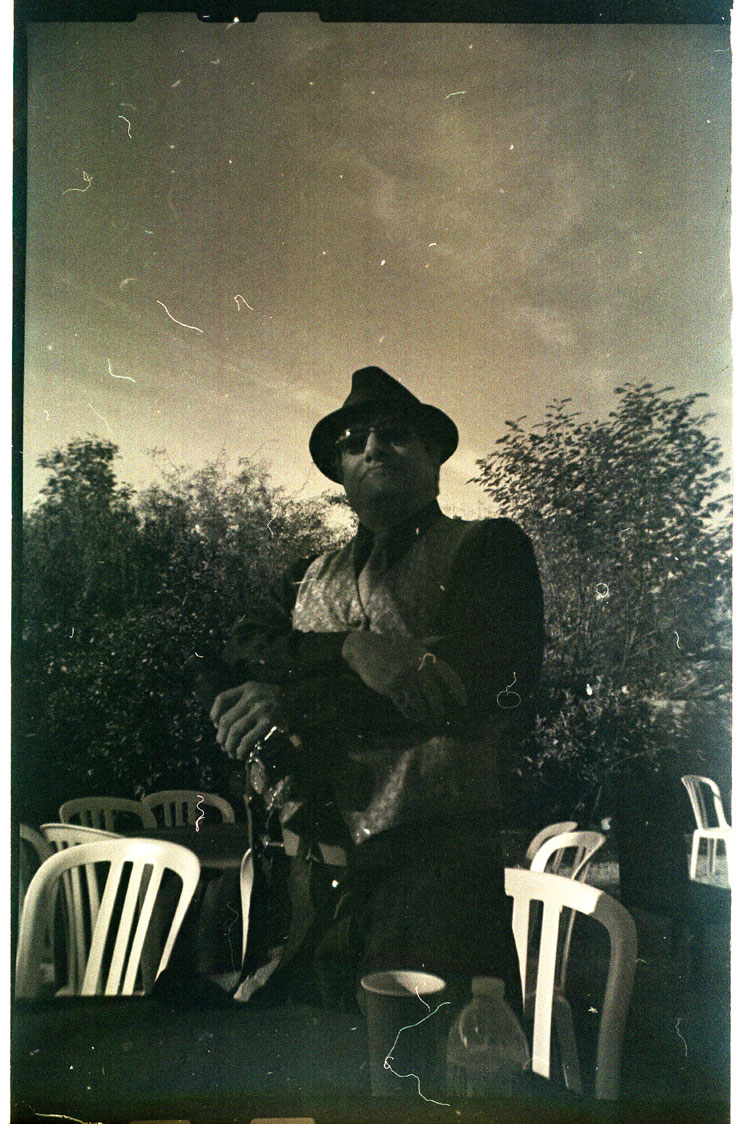
800 ISO Kodak C-41, expired 01-2002, shot last weekend on a Kodak Funsaver 35 and developed in Caffenol-C

This one and the next batch are 400 ISO Kodak MAX C-41, expired 09-2001 and shot last weekend in the Nikon FG set to 300 ISO. Drastically underexposed at that setting.
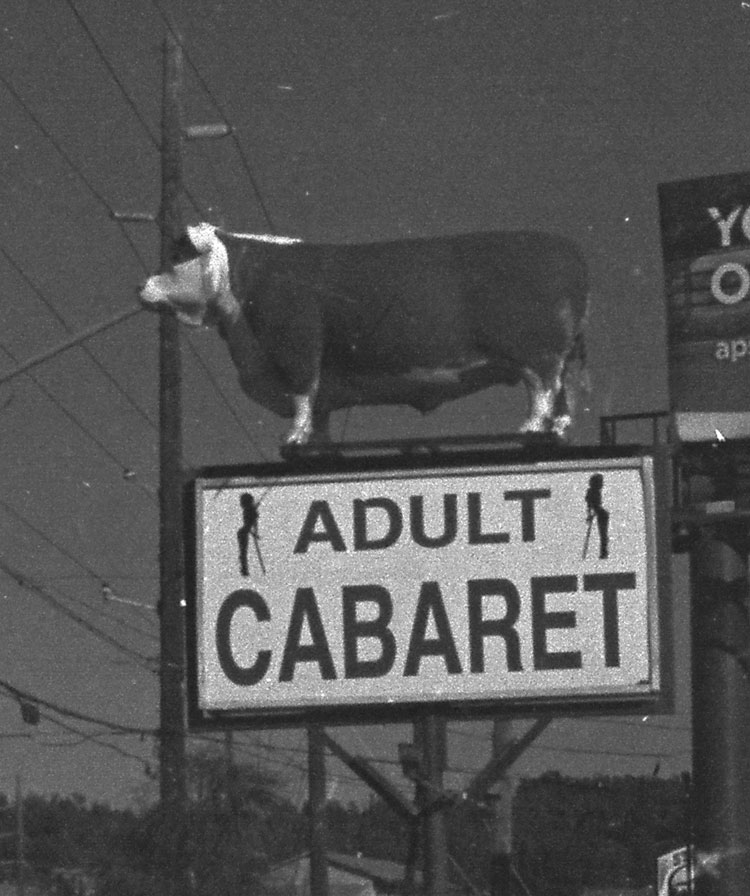
Had to stop and get a pic of this on the way back from the mountains. Adult Cow Cabaret? Color me intrigued, but not enough to stop a funeral convoy for anything but a picture. Hard to see in the photo, but there’s a half-dozen arrows stuck into the cow.
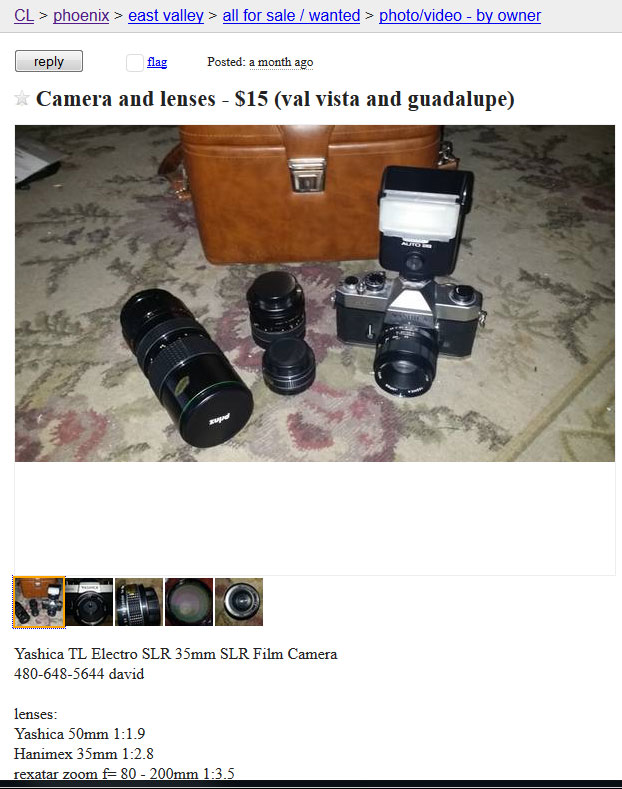
Oh yeah, the Yashica. Picked that up after a “lowest price first” search on Craigs List turned up this month-old listing for a perfectly working M42-mount all-manual camera kit, *complete and fully functional* for $15. I was on that like a bum on a baloney sandwich.
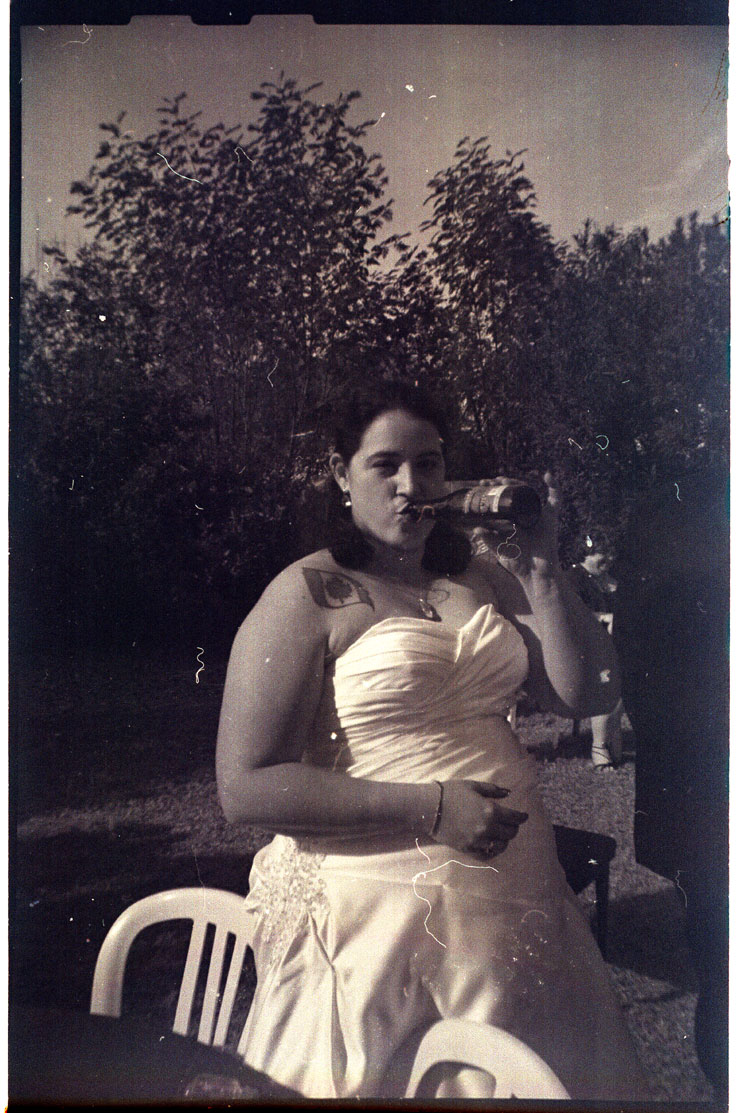
800 ISO Kodak Max C-41, expired 01-2002, shot last weekend on a Kodak Funsaver 35 and developed in Caff-C. Oh, Canada! :D
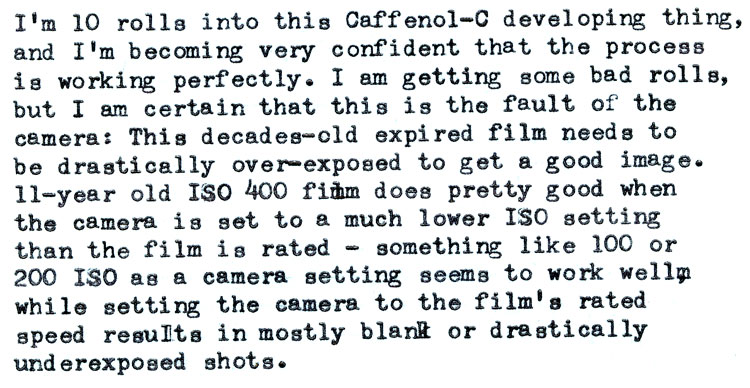
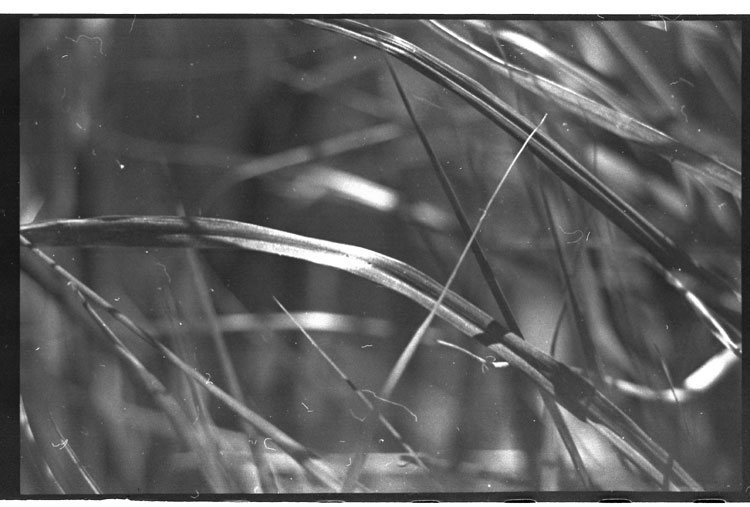
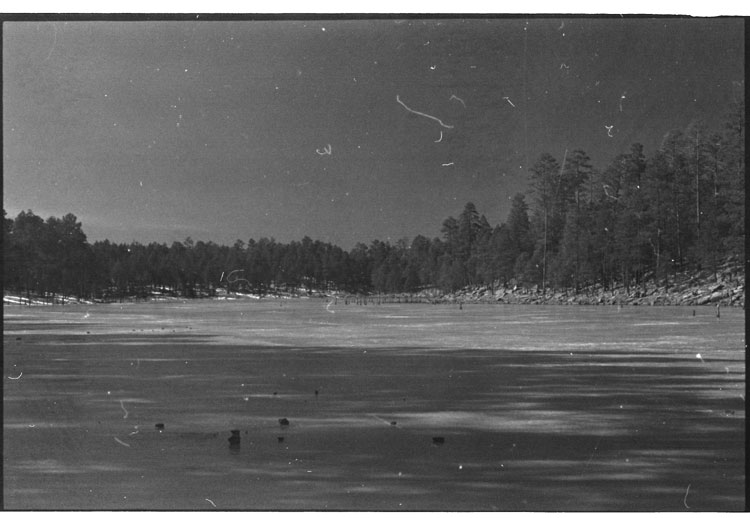
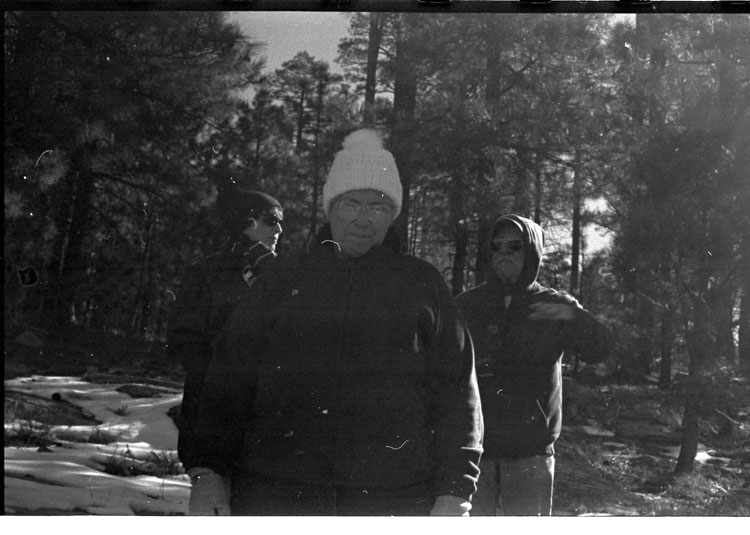
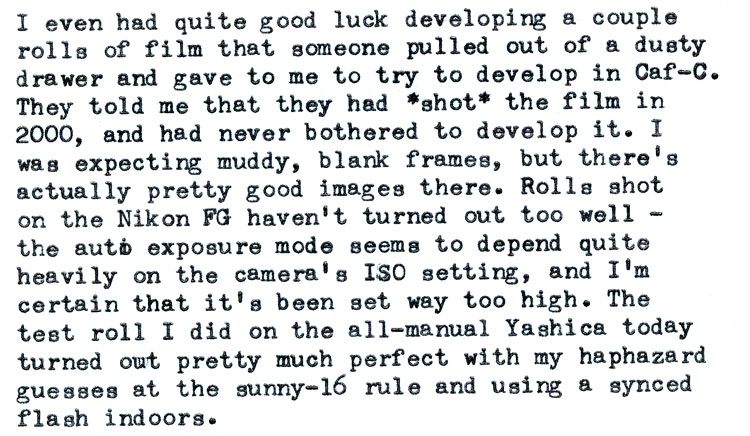

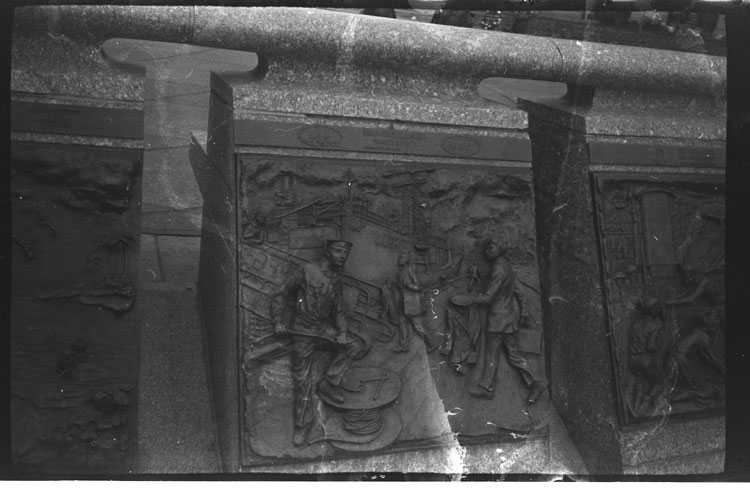
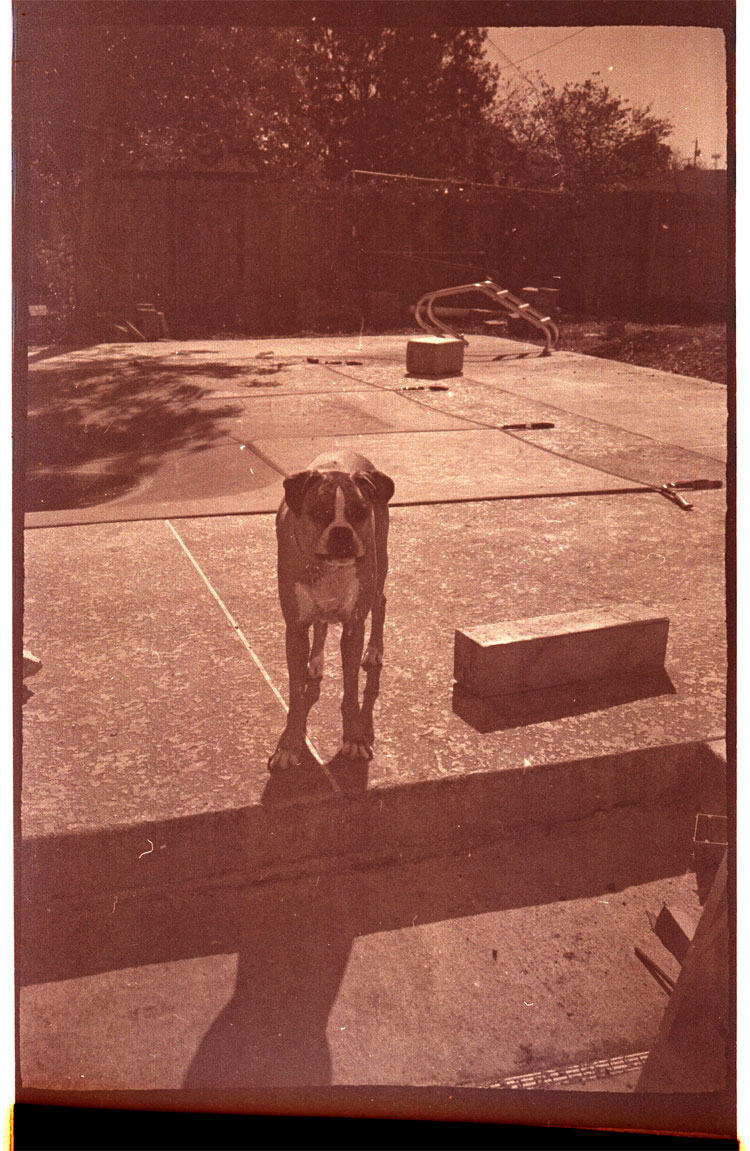
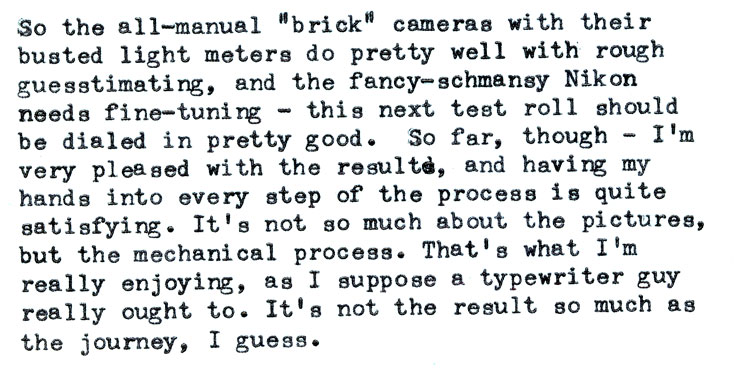
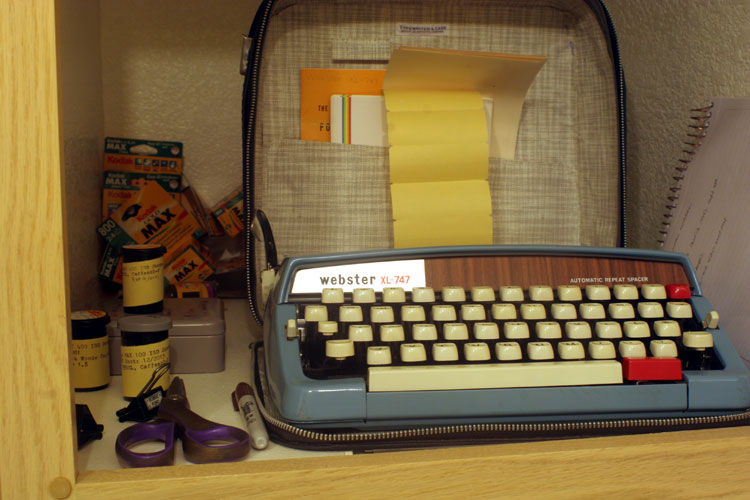
New horizons in lo-tech and gritty representation … very typospherical!
That’s pretty freaking awesome. now that i’ve found my tank and reels, i may dive in too. Can’t you just push process it, knowing what you now know about the likely exposure? hmm
Anyway, very cool and inspirational
I will try pushing the remaining rolls I shot underexposed to maybe 20 minutes and see how that turns out. I’ve also found some unexpired Fuji 200 ISO film I want to try out – see how it works on newish film (:
Let us know how it goes with your Caff-C experiments!
Beautiful grain on these. I think I may need to take a road trip to the “Cabaret.” How can you pass up a place where Hereford bulls dance while you drink?
i know, right? :D
I think you’ll find using old film that any manual camera or an automatic set for full manual will out perform auto as it will let you control the exposure. I’d go at least a full stop over or set the film ISO to 125 or 160 as each film speed is about 1/3 to 1/2 stop (a generalization is 1/2 of the film speed is on stop difference. You could double the time at 400 for a similar result with the same f-stop) and the old expired high speed film is much more susceptible to degradation than lower speed films. All depends on what you want in your photo as to open the lens and decrease depth of field or work with time and film speed and keep the same stop.
Those old TL Electros were workhorses. Like my old Minoltas, the only problem is a battery to power the meter since Mercury batteries are not longer made. Easiest replacement is a Wein cell. I modified my cameras to use Alkaline cells, but the discharge curve is different. Not much of a problem for negative film, but can be for transparencies.
Interesting! I ended up stuffing a wad of tin foil into the battery compartment of the TL Electro and stacking a pair of 675 hearing aid batteries on top. It works, but I doubt the voltage is exactly correct. I’ve read that these old light meters don’t have voltage regulation circuits, so I removed the batteries once I’d verified the meter works, at least until I find a solution that is rated the correct voltage. Don’t want to burn out the circuit! (: